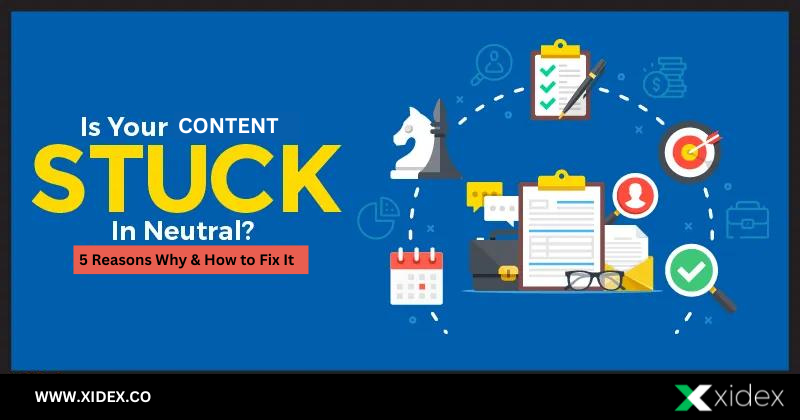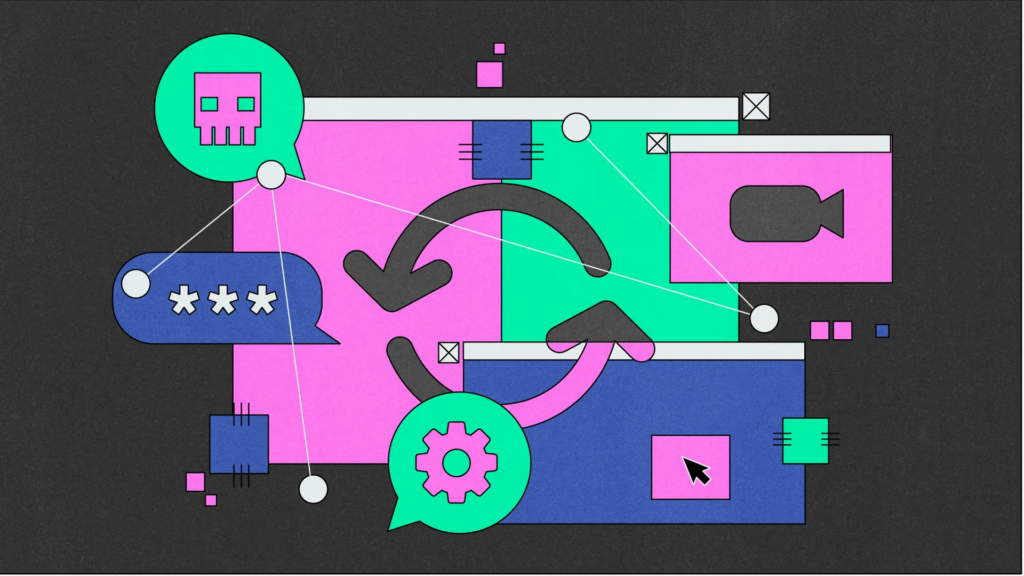Cloud security architecture refers to the design and implementation of security controls, strategies, and practices to protect cloud-based systems, data, and resources. It involves establishing a comprehensive framework that encompasses various security domains and considerations specific to cloud environments. Here are key elements typically included in cloud security architecture
- Data Protection: Cloud security architecture helps protect sensitive data stored in the cloud from unauthorized access, data breaches, and data loss. It ensures that appropriate security controls are in place to safeguard data confidentiality, integrity, and availability.
- Threat Mitigation: Cloud environments are susceptible to various security threats, including malware, hacking attempts, and insider threats. A well-designed security architecture helps identify potential risks and implement measures to mitigate these threats, such as intrusion detection systems, firewalls, and security monitoring.
- Compliance and Regulatory Requirements: Many industries have specific regulatory requirements governing data security and privacy, such as GDPR, HIPAA, or PCI DSS. Cloud security architecture enables organizations to meet these compliance obligations by implementing the necessary security controls and demonstrating adherence to relevant standards.
- Risk Management: Cloud security architecture plays a crucial role in assessing and managing risks associated with cloud adoption. It helps organizations identify vulnerabilities, establish risk management strategies, and prioritize security investments based on the level of risk and potential impact on business operations.
- Shared Responsibility: Cloud computing operates on a shared responsibility model, where the cloud provider and the customer have different security responsibilities. A well-defined security architecture helps clarify the division of responsibilities, ensuring that both parties understand their roles and obligations.
- Business Continuity and Disaster Recovery: Cloud security architecture incorporates measures for business continuity and disaster recovery. It includes data backup strategies, redundant infrastructure, and failover mechanisms to minimize downtime and ensure data availability in case of disruptions or disasters.
- Trust and Assurance: A robust cloud security architecture enhances trust and confidence in cloud services. It assures customers that their data and applications are protected, fostering trust in the cloud provider’s ability to deliver secure and reliable services.
- Scalability and Flexibility: Cloud security architecture is designed to accommodate the dynamic and scalable nature of cloud environments. It provides security solutions that can scale up or down based on demand and support the adoption of new technologies while maintaining a strong security posture.
- Incident Response and Recovery: Security incidents can occur despite preventive measures. A well-defined security architecture includes incident response plans and procedures to detect, respond to, and recover from security breaches or incidents effectively.
- Competitive Advantage: Strong cloud security architecture can serve as a competitive differentiator for organizations. Demonstrating a robust security posture and a commitment to protecting customer data can give organizations a competitive advantage, attracting customers who prioritize data security.
In summary, cloud security architecture is crucial for protecting data, mitigating security risks, complying with regulations, ensuring business continuity, and building trust with customers. It provides a foundation for implementing and maintaining effective security controls in the cloud environment.

Elements of cloud security architecture
Cloud security architecture incorporates various elements to ensure the security of cloud environments. Here are some key elements typically included:
- Identity and Access Management (IAM): IAM is responsible for authenticating and authorizing users’ access to cloud resources. It includes features such as user provisioning, authentication mechanisms (e.g., passwords, multi-factor authentication), role-based access control (RBAC), and centralized user management.
- Network Security: Network security measures protect the cloud infrastructure from unauthorized access and network-based attacks. This includes firewalls, network segmentation, virtual private networks (VPNs), intrusion detection and prevention systems (IDS/IPS), and distributed denial-of-service (DDoS) protection.
- Data Encryption: Encryption ensures that data remains secure and unreadable to unauthorized users. It includes encryption of data at rest (stored data) and data in transit (data being transmitted over networks). Encryption keys should be properly managed and protected.
- Secure APIs: Application Programming Interfaces (APIs) enable communication between different cloud services and applications. Securing APIs involves implementing authentication and authorization mechanisms, validating and sanitizing API inputs, and monitoring API usage to prevent API-based attacks and unauthorized access.
- Security Monitoring and Logging: Security monitoring and logging provide visibility into cloud environments, allowing for the detection and response to security incidents. It involves monitoring network traffic, user activities, and system logs to identify suspicious or malicious behavior. Security Information and Event Management (SIEM) systems can be used to centralize and analyze security event logs.
- Vulnerability Management: Vulnerability management is essential to identify and address security vulnerabilities in the cloud environment. It includes conducting regular vulnerability assessments, performing penetration testing, and applying patches and updates to mitigate identified vulnerabilities.
- Incident Response and Recovery: Incident response plans outline the steps to be taken in the event of a security incident, aiming to minimize the impact and restore normal operations. This includes incident detection and reporting, containment, eradication, recovery, and post-incident analysis to improve security practices.
- Compliance and Governance: Compliance frameworks and governance processes ensure that cloud environments adhere to relevant regulatory requirements and internal security policies. This involves conducting regular audits, implementing security controls to meet compliance obligations, and documenting security policies and procedures.
- Physical Security: Physical security measures protect the physical infrastructure that houses the cloud environment. This includes access controls, surveillance systems, environmental controls (e.g., temperature and humidity), and disaster recovery planning for data centers.
- User Education and Awareness: Educating users about security best practices and raising awareness about potential threats is crucial for maintaining a secure cloud environment. Users should be trained on topics such as password management, social engineering, phishing prevention, and secure data handling.
These elements work together to establish a comprehensive security architecture that addresses the unique challenges of cloud computing and ensures the confidentiality, integrity, availability, and privacy of data and resources hosted in the cloud
Cloud security architecture and shared responsibility model
Cloud security architecture and the shared responsibility model are closely interconnected concepts in cloud computing. Let’s explore how they relate to each other:
Cloud Security Architecture: Cloud security architecture refers to the design and implementation of security controls and measures within a cloud environment. It encompasses the strategies, technologies, and practices employed to protect data, applications, and infrastructure hosted in the cloud. A well-designed cloud security architecture considers various aspects such as identity and access management, network security, data encryption, incident response, and compliance.
The cloud security architecture provides a framework for organizations to establish a strong security posture and ensure the confidentiality, integrity, and availability of their resources in the cloud. It takes into account the specific security requirements and risks associated with the cloud environment and enables organizations to implement appropriate security controls and mechanisms.
Shared Responsibility Model: The shared responsibility model is a fundamental principle in cloud computing that defines the respective security responsibilities of the cloud service provider (CSP) and the customer. It outlines the division of security responsibilities and helps clarify which aspects of security are the responsibility of the CSP and which fall under the customer’s purview.
In the shared responsibility model, the CSP typically takes responsibility for securing the underlying cloud infrastructure, such as physical security, network security, and hypervisor security. The customer, on the other hand, retains responsibility for securing their applications, data, operating systems, and configurations within the cloud environment. This includes implementing access controls, data encryption, application security, and compliance measures specific to their needs.
Relationship between Cloud Security Architecture and Shared Responsibility: Cloud security architecture aligns closely with the shared responsibility model by addressing the customer’s security responsibilities within the cloud environment. It helps organizations understand their role in securing their assets and provides guidance on implementing the necessary security controls.
The cloud security architecture should be designed with the shared responsibility model in mind, ensuring that it supports the customer’s security obligations and complements the security measures provided by the CSP. It helps organizations effectively implement the required security controls within their portion of the shared responsibility, leveraging the capabilities and features provided by the CSP.
By understanding the shared responsibility model and incorporating it into the cloud security architecture, organizations can establish a clear understanding of security responsibilities, implement appropriate security measures, and maintain a strong security posture in the cloud environment.
Read More : Old Workplace Technology: The Hidden Cost of Outdated Tools





